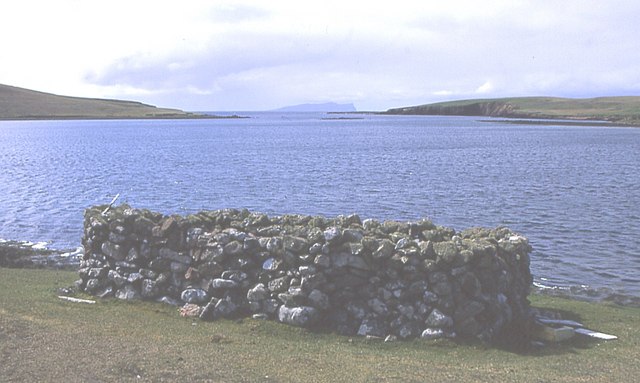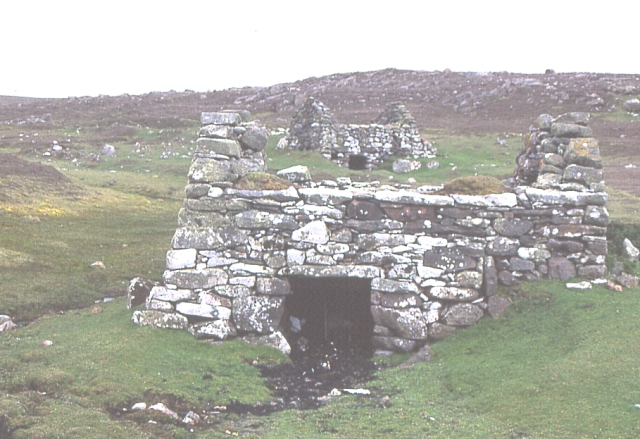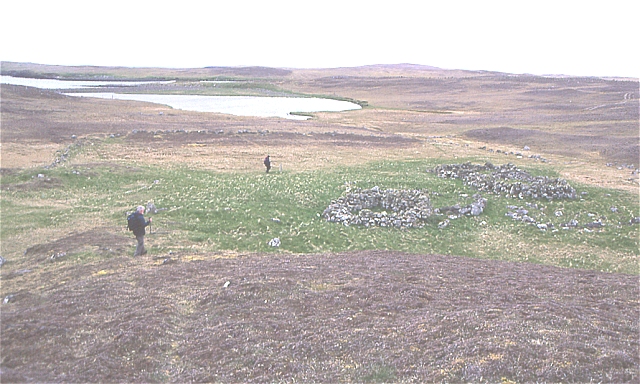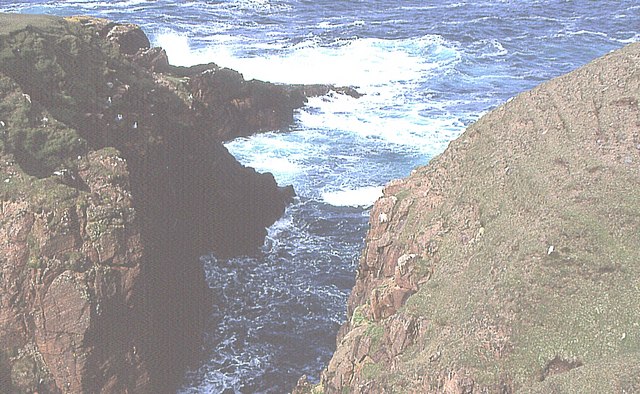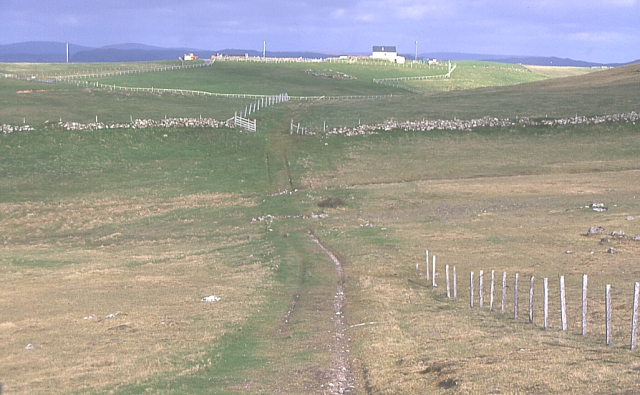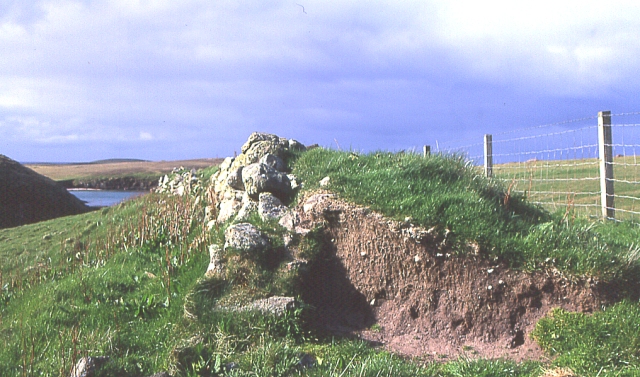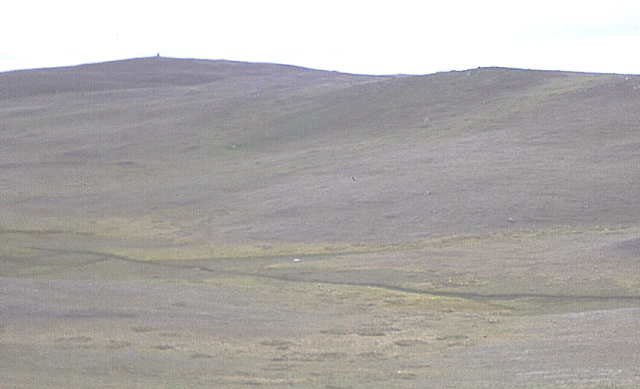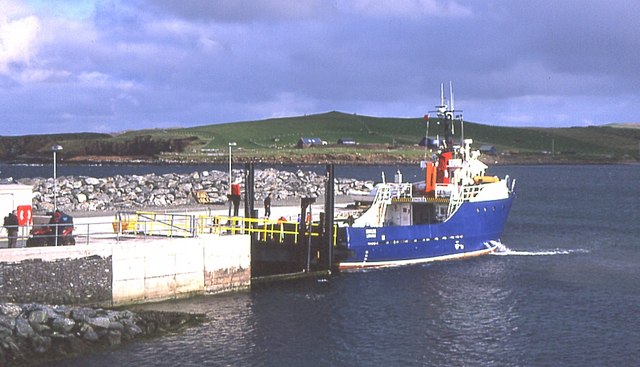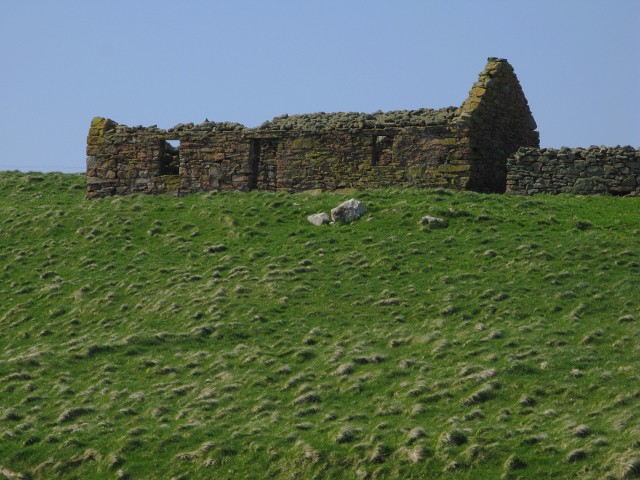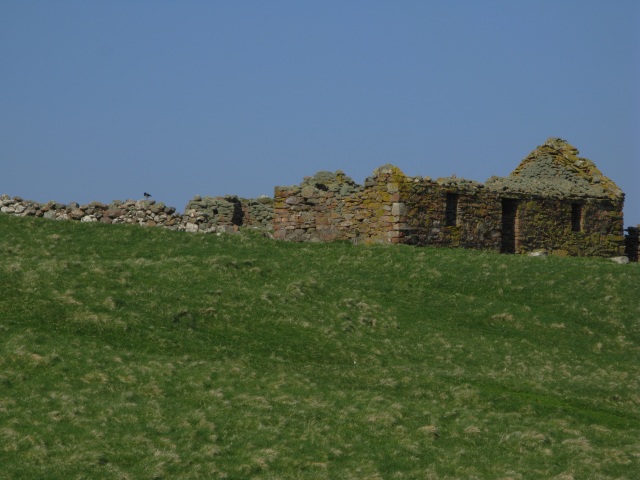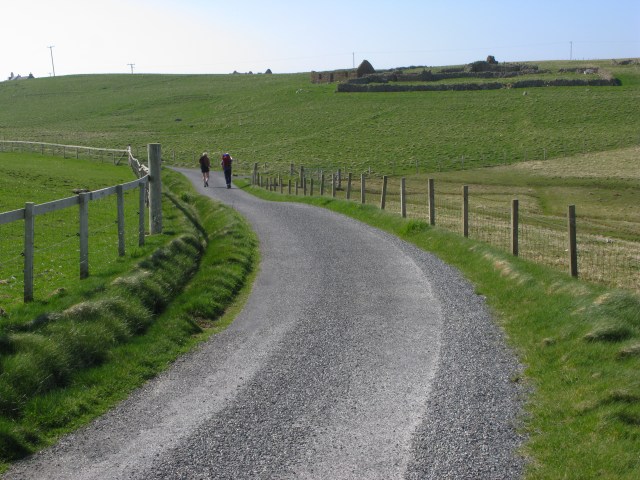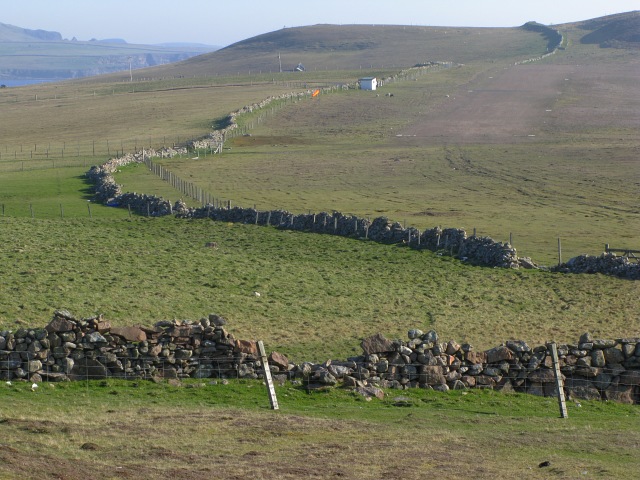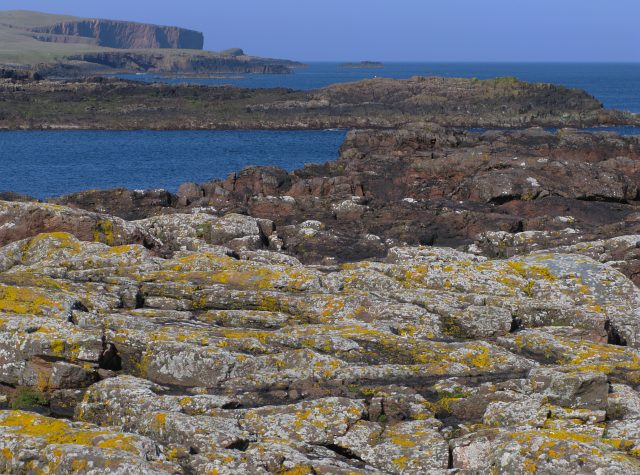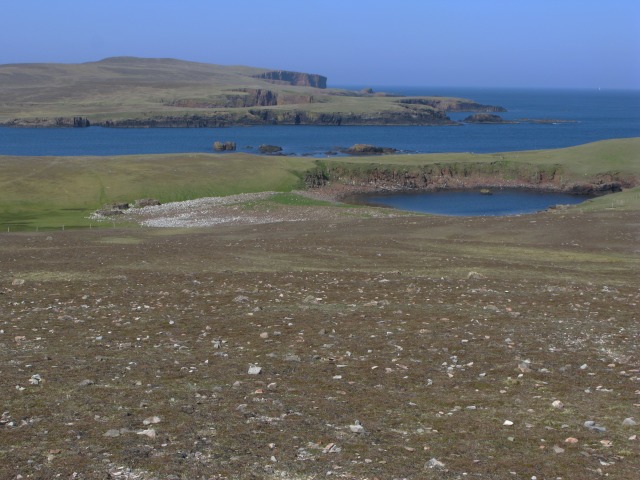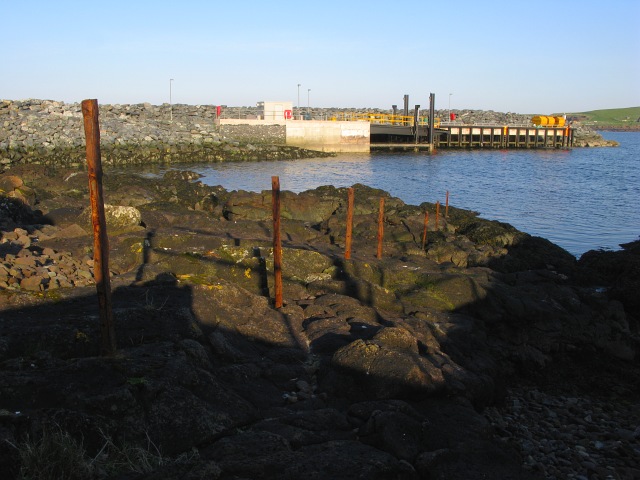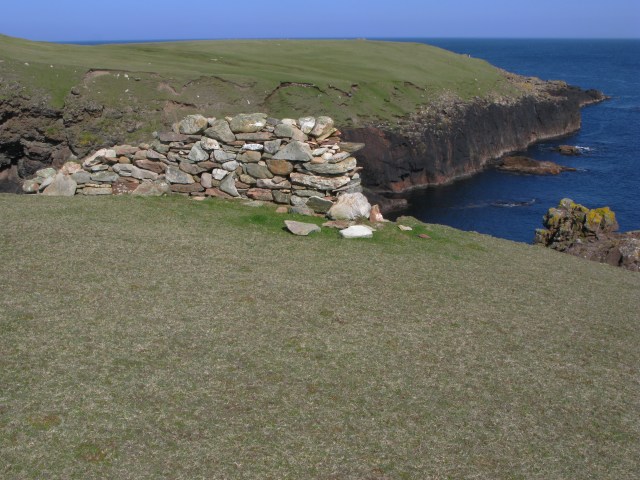Head of the Buird
Coastal Feature, Headland, Point in Shetland
Scotland
Head of the Buird
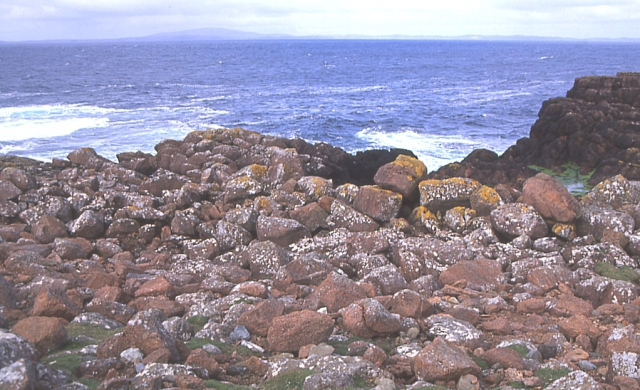
Head of the Buird is a prominent coastal feature located in the Shetland Islands, an archipelago in Scotland. This headland, also referred to as a point, is situated on the northeastern coast of the main island, known as Mainland.
Rising up to an elevation of approximately 70 meters (230 feet), Head of the Buird commands spectacular views of the surrounding rugged coastline. Its location offers an unobstructed vantage point, allowing visitors to witness the dramatic meeting of the North Sea and the Atlantic Ocean. The headland is characterized by steep cliffs that plunge dramatically into the sea, creating a striking visual contrast.
The geology of Head of the Buird is predominantly composed of rugged and weathered rocks, common to the Shetland Islands. These rocks showcase the area's rich geological history, displaying layers of sedimentary formations formed over millions of years.
The headland is also an important site for seabird colonies, providing nesting grounds for various species such as fulmars, guillemots, and puffins. Birdwatchers are often drawn to Head of the Buird to observe these magnificent creatures in their natural habitat.
Access to Head of the Buird is relatively easy, with nearby parking and a well-maintained footpath leading to the headland. Visitors are advised to take caution near the cliff edges, as they can be unstable and dangerous.
Overall, Head of the Buird offers a captivating coastal experience, combining breathtaking views, geological interest, and abundant wildlife. It is a must-visit destination for nature enthusiasts and those seeking to immerse themselves in the natural beauty of the Shetland Islands.
If you have any feedback on the listing, please let us know in the comments section below.
Head of the Buird Images
Images are sourced within 2km of 60.335005/-1.6892893 or Grid Reference HU1761. Thanks to Geograph Open Source API. All images are credited.
Head of the Buird is located at Grid Ref: HU1761 (Lat: 60.335005, Lng: -1.6892893)
Unitary Authority: Shetland Islands
Police Authority: Highlands and Islands
What 3 Words
///absorb.sympathy.jumped. Near Walls, Shetland Islands
Nearby Locations
Related Wikis
Papa Stour
Papa Stour (Scots: Papa Stour) is one of the Shetland Islands in Scotland, with a population of under fifteen people, some of whom immigrated after an...
Biggings
Biggings is a village on the island of Papa Stour, in Shetland, Scotland. Papa Stour's church is situated at the south of Biggings. A homestead of Duke...
Maiden Stack
The Maiden Stack or Frau Stack is a tiny stack in the western Shetland Islands to the north of Brei Holm and east of Housa Voe in Papa Stour. It is so...
Brei Holm
Brei Holm is a tiny tidal islet in the western Shetland Islands. It is due east of Papa Stour, to which it is connected at low tide, just outside Housa...
Nearby Amenities
Located within 500m of 60.335005,-1.6892893Have you been to Head of the Buird?
Leave your review of Head of the Buird below (or comments, questions and feedback).
